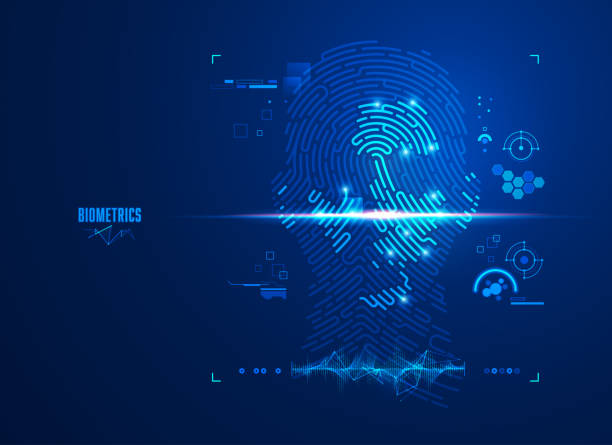We have come a long way since the development of the first facial recognition software in the 1960s. Over the years, advancements in computer vision algorithms and artificial intelligence have led to more sophisticated facial recognition technology, which is now widely used in various industries around the world.
Today, face verification APIs are being used to automate identity verification processes, making them faster and more accurate. These APIs are particularly relevant in industries such as banking, healthcare, and security, where accurate identification of individuals is crucial.
Facial verification APIs work by analyzing the unique features of a person’s face, such as the distance between their eyes, the shape of their nose, and the contours of their cheeks.
This information is then compared to a database of known faces to verify the person’s identity. The technology can be used in a variety of applications, including digital banking, access control, and border control.
These solutions are also being used in marketing and advertising to enhance user experience. For example, some companies are using facial recognition technology to personalize ads based on the viewer’s age, gender, and ethnicity.
Overall, have become an important tool for businesses and organizations looking to improve security, streamline workflows, and enhance user experience. With continued advancements in technology, facial verification APIs are likely to become even more prevalent in the years to come.

How Can You Get Started With A Face Verification API?
To get started with a face verification API, you will need to find a provider that offers the service. You will then need to sign up for an account and follow the provider’s documentation to integrate the API into your system.
This time we are going to use Face Comparison Validator API, from ZylaLabs API Hub, which we have been testing and it is perfect for making an API call example when we want to compare 2 images.
In this example, The API requests two photographs from the URL, and the AI will handle the rest. The intuitive result will be as follows:
This item will show if “the two faces belong to different people” or “the two faces belong to the same person” (in the case of a face match), and provides the following response:
{
“statusCode”: 200,
“statusMessage”: “OK”,
“hasError”: false,
“data”: {
“resultIndex”: 0,
“resultMessage”: “The two faces belong to the same person. “,
“similarPercent”: 0.9042724605108994
},
“imageSpecs”: [
{
“leftTop”: {
“isEmpty”: false,
“x”: 718,
“y”: 195
},
“rightTop”: {
“isEmpty”: false,
“x”: 356,
“y”: 176
},
“rightBottom”: {
“isEmpty”: false,
“x”: 337,
“y”: 538
},
“leftBottom”: {
“isEmpty”: false,
“x”: 699,
“y”: 557
}
},
{
“leftTop”: {
“isEmpty”: false,
“x”: 859,
“y”: 160
},
“rightTop”: {
“isEmpty”: false,
“x”: 511,
“y”: 111
},
“rightBottom”: {
“isEmpty”: false,
“x”: 462,
“y”: 459
},
“leftBottom”: {
“isEmpty”: false,
“x”: 810,
“y”: 508
}
}
]
}To start using it, you must first complete the following steps:

1- Go to Face Comparison Validator API and select “START FREE TRIAL” to get started with the API.
2- You will be issued your personal API key after registering with Zyla API Hub.
3- This endpoint will receive the image URL and provide the results of the comparison. You’ll be able to tell if the two photographs are of the same person.
4- Once you’ve found the required endpoint, execute the API request by clicking the “run” button and viewing the results on your screen. And that’s it, super easy, right?
Related post: How To Use A CC Checker API To Recognize The Issuing Bank Of Any Card

